Cycle Like a Pro
by Cameron – Thursday, 23. January 2020
Spinning can appear simple enough. Clip in, grab the handle bars, and move the pedals….right? Well, both beginners and advanced riders can make mistakes that could make them more vulnerable to injuries or impede their ability to maximize results on the bike. Our aim is to make sure every class is a success, and while not every session will be your record day, you can be sure that your best efforts are not going to waste. Some of the tips might be common sense or things you’re well aware of, but we hope you find a few of these tricks helpful.
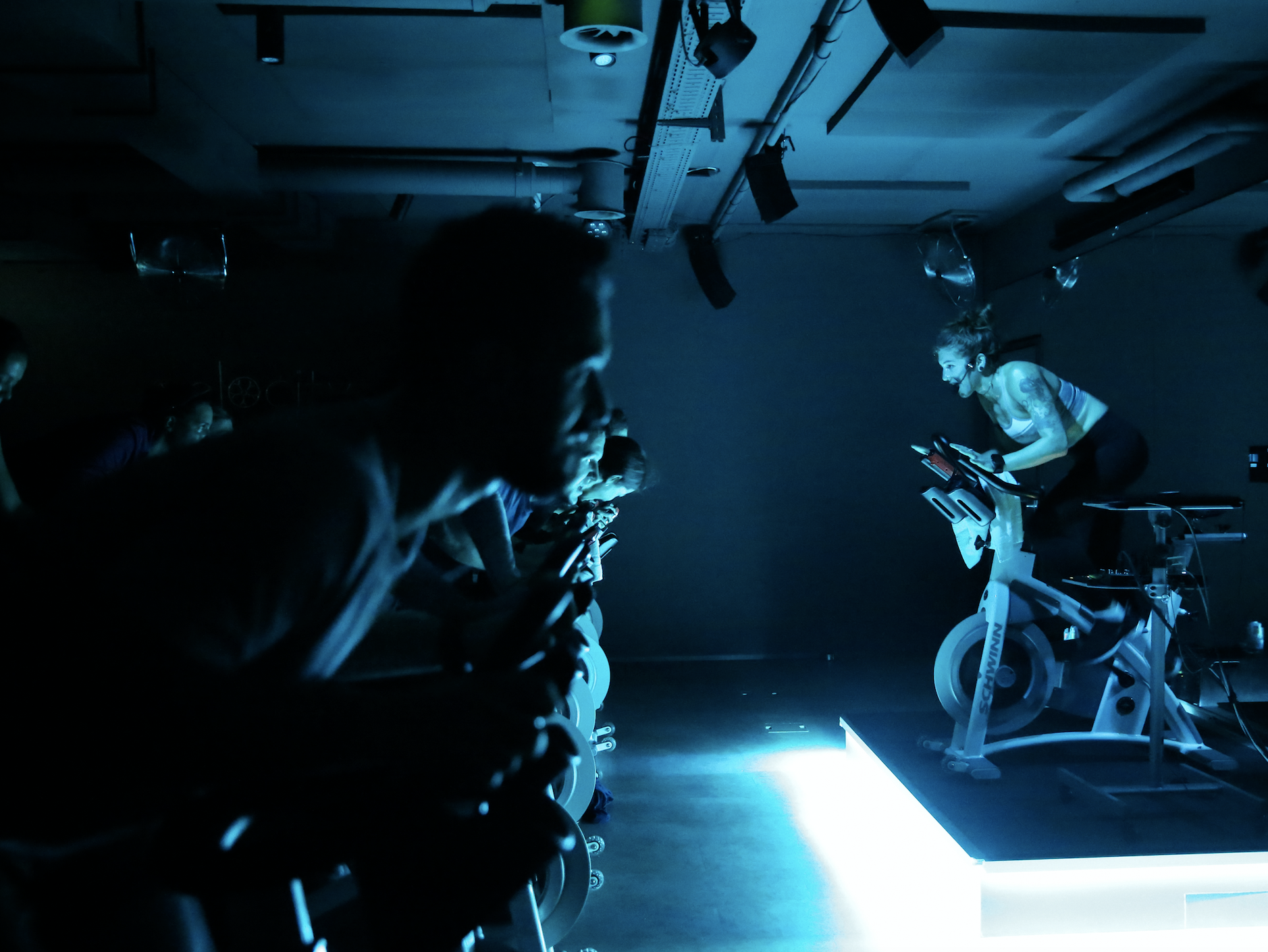
Posture and Positioning
These two concepts are crucial to getting the very best out of every class. For starters setting up your bike correctly will make sure you don’t put too much strain on your back, neck, and knees. Press your elbow against the front of the seat and extend your arm with your hand facing outward toward the handle bars. The distance between the seat and the handle bars should be as the length between your elbow and the tips of your fingers. Next is to adjust the seat and handlebar height. Both should be even with each other, and should be adjusted to be a bit higher than your hip bone; Too high and you’ll have difficulty generating power, or too low and you’ll put too much strain on your knees and tendons.
At this point once you’ve settled into your seat, it’s important to focus on your form during the class. Two common mistakes are holding on too tight and tensing up. It’s all too common to see “white knuckles” clenching the handlebars like they’re about to fall off. When you do this your body weight is centered around your hands and wrists rather than your core and legs. Loosening your grip and focusing your attention on the center of gravity in your core and legs will help you balance your weight to the places it matters like the glutes, quads, and abdomen. When the intensity rises, riders tend to begin to clench parts of their upper body. You’ll hear instructors often ask riders to keep their shoulders loose for this reason. When we put a greater amount of attention on our arms and shoulders we lose focus on the main muscle groups that are interacting with the movements. Loosen up and bring the attention back to your core and lower body.
When things get tough or we begin to feel discomfort, our brains naturally try to get us to pull back our efforts. Sure if we’re being chased by a large predator our brain will tell us to run until we collapse, but when flight risk doesn’t exist our brain is constantly trying to send signals to relax. Well pushing through this is what we talk about quite a bit in our classes and there’s some conscious decisions we need to make to do so.
The first problem to attack is slacking on the resistance. It can feel like your legs might turn to gelatine and fall off after so many turns on the resistance knob, and it’s easy to convince yourself that there’s no harm in cheating. Well too little resistance can cause your hips to bounce too much and can even cause additional pain in your knees, increasing your risk of injury. Make sure your aren’t letting the bike do all the work.
The second issue is pushing into the pedals without using equal force to pull your legs back around. Focusing your rotation into pushing towards the balls of your feet rather than the entire rotation can cause a pause at the bottom of your pedal stroke. The full movement is important for properly working out your hamstrings in addition to your quads. Creating adequate resistance that allows you to drive through the full movement can help optimize your results.
Lastly, it is important to attack the climb. When you approach a hill on a regular bicycle, your body position often shifts forward and backward a bit. When you start a climb, keep your hands on the lower outside of the handlebars (position 2) with a decent bend at the hips. As the difficulty increases, move your hands to the straight part of the bars right in front of you (position 1), which raises the torso and increases your hip angle. These small changes will help bring extra strength and energy into your lower body.
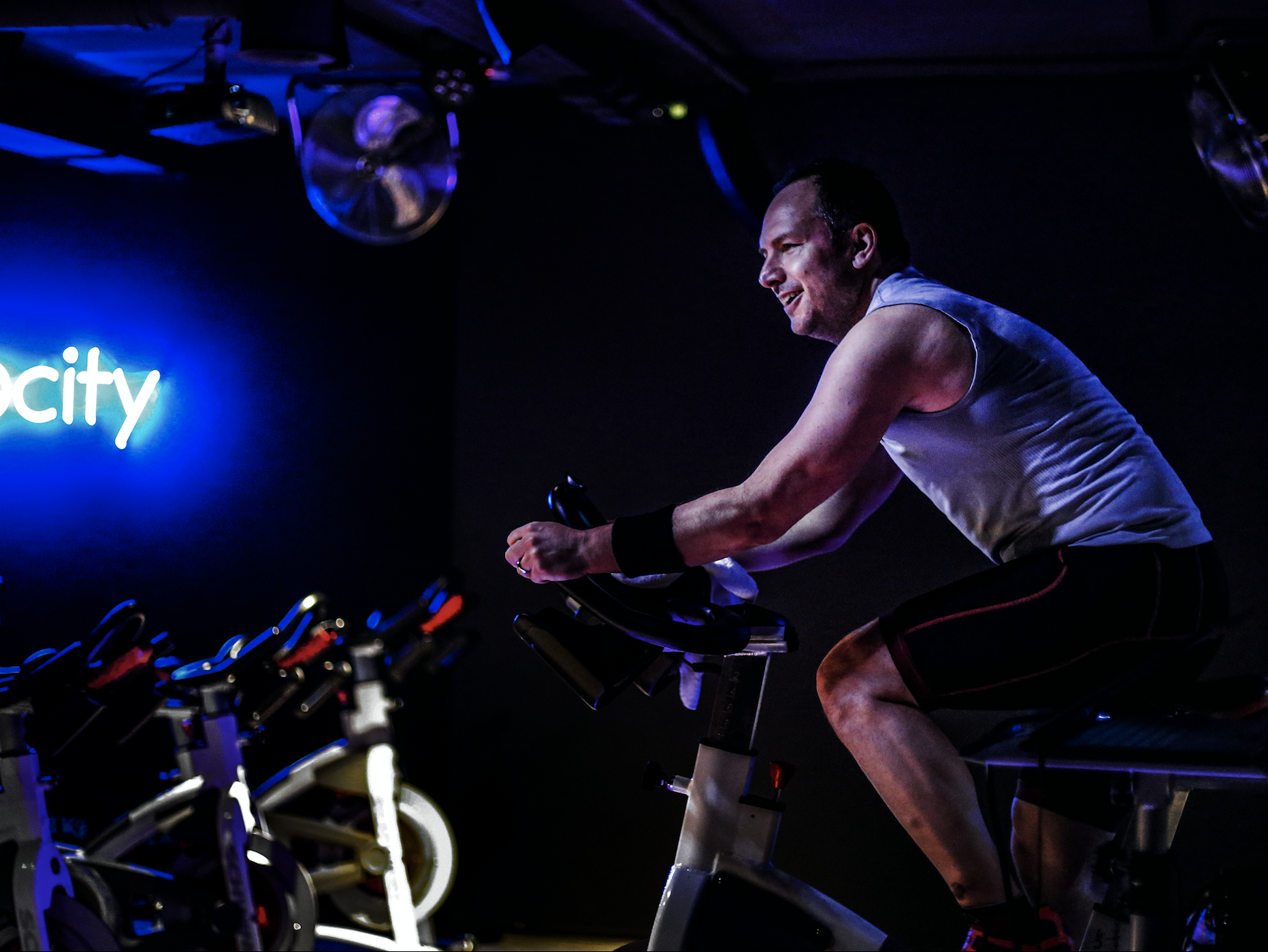
Stretching
An all important factor of every class is ending with stretching. We emphasise several lower body and upper body routines to help you stimulate circulation and also prevent the build up of lactic acid in your muscles. We also encourage you to do some additional stretching on your own, daily if possible. This will keep you flexible but also help eliminate soreness and fatigue. We’ve all had those days after an intense session that we wish we could call for assistance just to get out of bed. Daily stretching and nutrition can prevent you from going through more this unwanted trauma. Here are several lower body exercises to loosen up like the pros.
Inner Thigh Stretch
- Start in a wide stance. With your legs straight, bring your upper body forward so your chest is facing the floor.
- Slowly bend your left knee as you lean into your left hip, lowering yourself to the floor so your butt is close to your foot. Your right leg will stay straight out to the right side. If you’re not flexible enough, lean on a chair in front of you.
- Hold for 30 seconds before switching to the opposite leg.
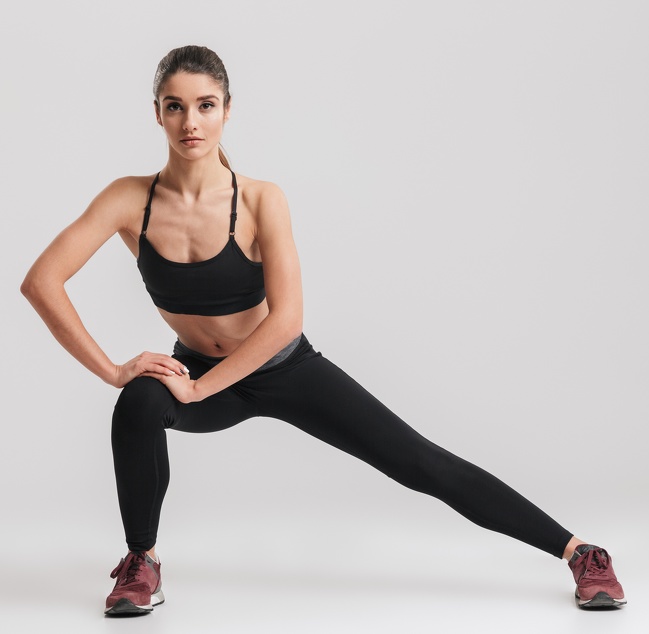
Hip Flexor Stretch
- Take a big step back with your left leg and squeeze your butt cheeks.
- Slowly bend your right knee as you push your left heel into the floor. You’ll feel a stretch right in front of your hip.
- Hold for 30 seconds, then repeat on the opposite
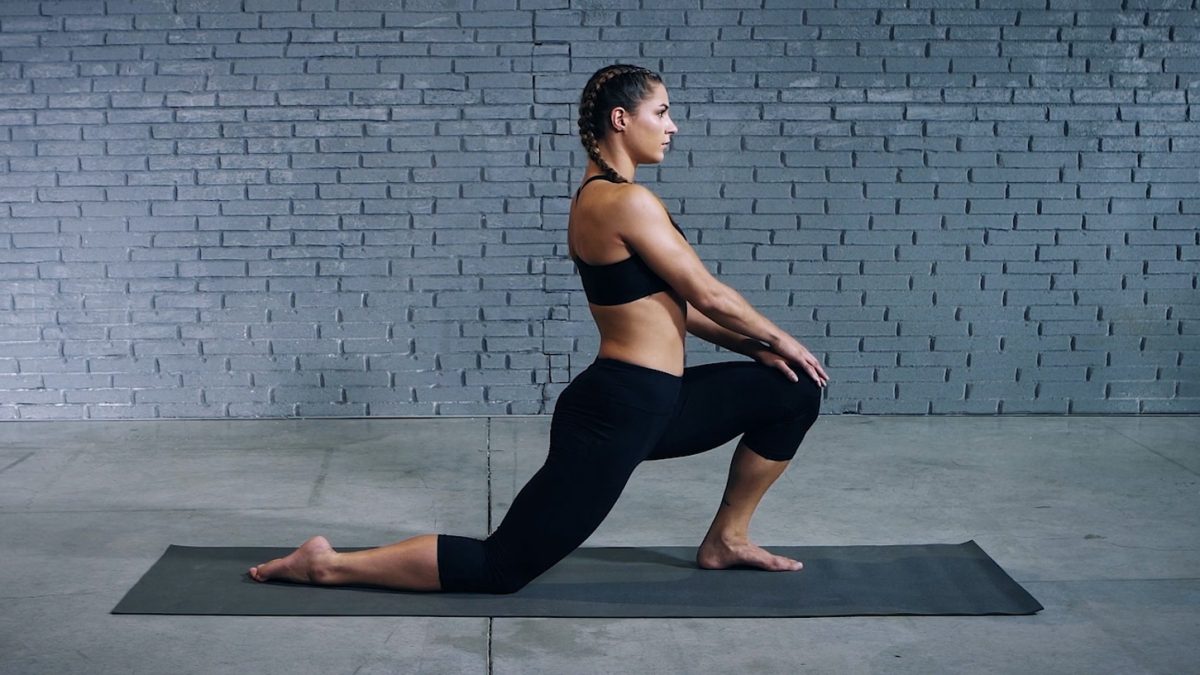
Glutes Stretch
- Sit on the floor and cross your left leg over your right with your ankle resting by your knee.
- Holding your right thigh with your hands, slowly lie back onto the floor and hold.
- Pull your leg in closer to you for a deeper stretch. Switch to the opposite leg.
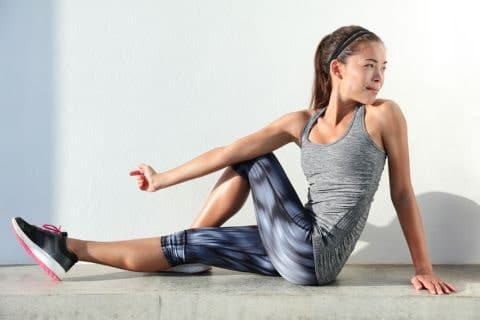
https://www.womenshealthmag.com/fitness/a19914883/cycling-class-tips/
https://www.wellandgood.com/good-sweat/lower-body-stretches-cyclist/



Improve your endurance
/in Health, Lifestyle, Living in Zug, Living in Zurich, Rides/by CaseyHealthy Recipes For Easter Brunch
/in Health, Rides/by Casey